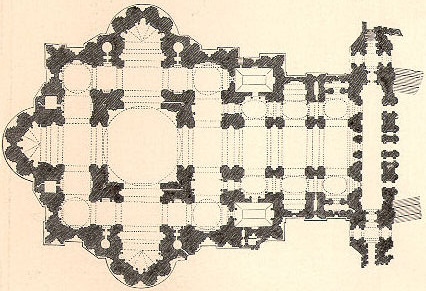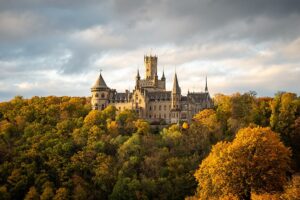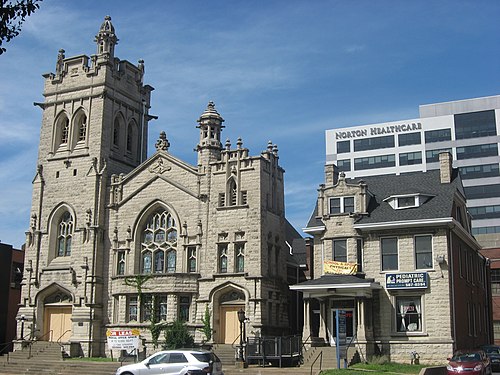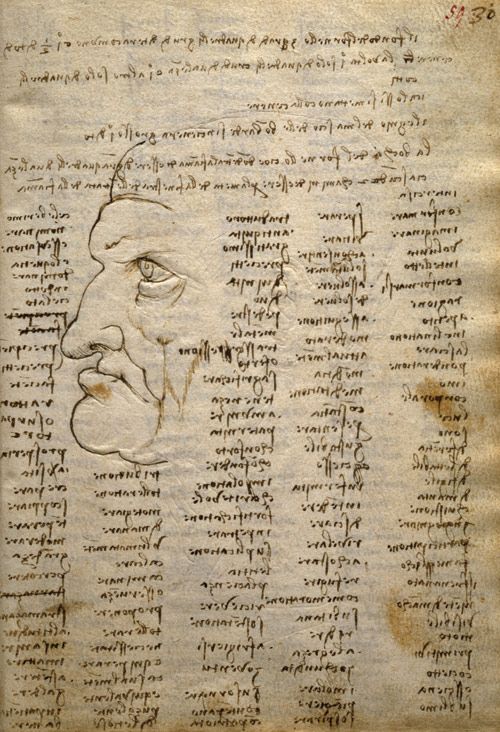First quarter of 2025: Already a Critical Year for World Cultural Heritage?
From the beginning of 2025 to the end of March, the world’s cultural heritage has been affected by a series of events that highlight its intrinsic vulnerability to different types of risks. Urban fires, forest fires and earthquakes have caused significant damage and highlighted the challenges in protecting historical sites and priceless artifacts. Let’s analyze the main events that have marked these first months of the year.
Urban Fires: The Fragility of Historic Centers

In the month of March, two major fires have devastated historic centers in different parts of the world. On March 6, 2025, a fire broke out in a shop in Jansstraat, Arnhem (Netherlands), and quickly spread to other historic buildings, causing the evacuation of the city center and the interruption of electricity and gas supplies to around 150 shops and homes. The flames, fanned by the wind, generated smoke and ash that also reached the surrounding neighborhoods.
Despite the rapid spread, no casualties were reported, perhaps attributable to the fact that the old buildings were made of wood. However, about ten buildings were considered to be at greater risk of spreading, and the core of the block was completely burned, with the risk of the facades collapsing. The affected buildings dated back to the 18th and 19th centuries, highlighting how old structures, despite their history, can be particularly vulnerable to fires, especially in the presence of combustible materials such as wood.
A few days earlier, on March 3, 2025, a large fire hit the historic neighborhood of Barrios Altos in Lima, Peru. The fire started in an eight-story warehouse building containing flammable materials, and the precarious conditions of the surrounding buildings favored rapid spread. The fire led to the collapse of four structures and the risk of collapse of two others.
The extinguishing operations were complex and required the intervention of over 50 fire engines and 400 firefighters, with the fire declared under control only on March 9. Although there were no casualties, several people were treated for smoke inhalation and several families were evacuated.
Earthquakes: The Destructive Force of Nature
The Barrios Altos neighborhood, known for its colonial architecture and bustling markets, is characterized by old buildings and a high concentration of commercial activity, often with storage facilities for flammable materials.

The dense population, narrow streets, and lack of adherence to modern building codes have contributed to the vulnerability of the area. This event, along with previous significant fires in Lima in 2001 and 2023, underscores the persistent threat of fires in densely populated historic centers.
On March 28, 2025, a magnitude 7.7 earthquake struck the Mandalay region of Myanmar, with its epicenter near Bagan, an ancient city with over 2,200 surviving temples and pagodas.
Bagan, the capital of the Pagan Kingdom from the 9th to the 13th centuries and a UNESCO World Heritage Site since 2019, is located in an active seismic zone and has experienced numerous earthquakes throughout history, including a major event in 1975.
At present, the extent of damage caused by the 2025 earthquake to Bagan’s precious cultural heritage is still unclear. However, the scientific and international community is concerned, considering the fragility of these ancient structures and the potential impact on an already strained country.
The loss of cultural heritage in a context of prolonged political violence is an even deeper wound for the local population.
Forest Fires: A Growing Threat to Historic Sites
In March, forest fires in South Korea also caused significant damage to cultural heritage. On March 26, 2025, flames razed the ancient temples of Gounsa and Unrsamsa in Uiseong, the latter dating back to the Silla Dynasty and with a history of over 1,000 years. Fortunately, the national treasures stored in the Unrsamsa temple had previously been relocated, but the structure itself, already destroyed by fire in 1835 and rebuilt, was lost.
The fires, fueled by strong winds, also put the Andong Hahoe Folk Village and the Byeongsanseowon Confucian Academy, both UNESCO World Heritage sites, at risk. The presence of combustible materials in the structures and the proximity of vegetation were critical factors in the spread of the flames.
The traditional Korean construction of the temples, based on wooden interlocking systems without the use of nails, and the use of materials such as pine, fir and oak, as well as decorative elements made of highly flammable lacquer, contributed to their vulnerability.
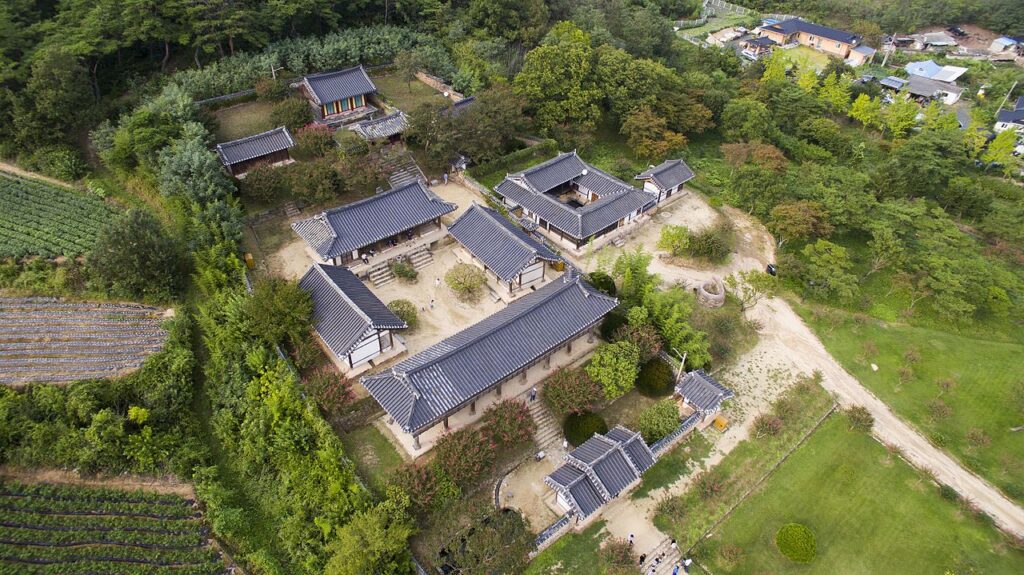
Although clay tile (giwa) roofs are relatively fire resistant, fire can start in many ways and the architecture itself can facilitate rapid flame spread through hidden cavities and spaces.
This event highlights the need for preventive measures such as management of surrounding vegetation and sensible retrofitting strategies such as fire retardant coatings and fire suppression systems to protect cultural heritage from wildfires.
By early 2025, wildfires in Los Angeles had destroyed significant historic buildings, a further example of how the Wildland-Urban Interface (WUI) poses a growing threat to historic cities. Similar events, such as the wildfires in Portugal in 2024 and the threat to the suburbs of Athens, highlight the need for an engineering approach to risk assessment and selection of safety measures in these areas.
The research focuses on developing simulation models of fire spread in WUI areas, integrating wildland and urban fire models to support emergency decisions. However, the direct applicability of these models to historic contexts is limited by the complexity of construction materials, building typology, population density and urban layout. To apply these models to historic heritage, it would be necessary to adapt the parameters to take into account the specificities of the materials (stone, ancient wood, bricks) and validate the models through real fire simulations or case studies.
Conclusions
The events of the first months of 2025 demonstrate the multiplicity and severity of the threats looming over the world’s cultural heritage. From urban fires that target the intrinsic vulnerability of ancient structures, to earthquakes that put entire archaeological sites at risk, to forest fires that graze and destroy thousand-year-old temples, the need for more effective protection strategies adapted to different contexts is evident.
Scientific research plays a crucial role in the development of risk assessment models and emerging technologies for the safety of historic buildings. However, a joint commitment by authorities, local communities and the international community is essential to preserve the richness and diversity of our cultural heritage for future generations. Understanding the causes and dynamics of these events is the first step to developing effective preventive and mitigation measures, ensuring that the history and beauty of our cultural sites are not irretrievably lost.
